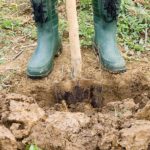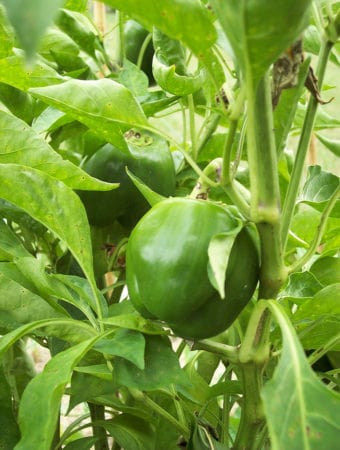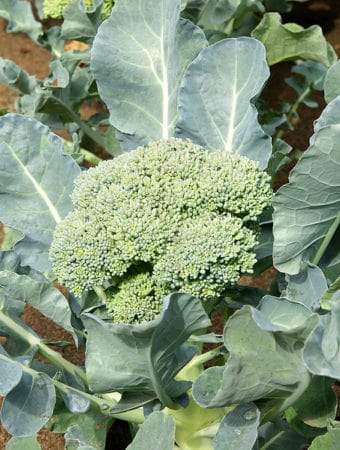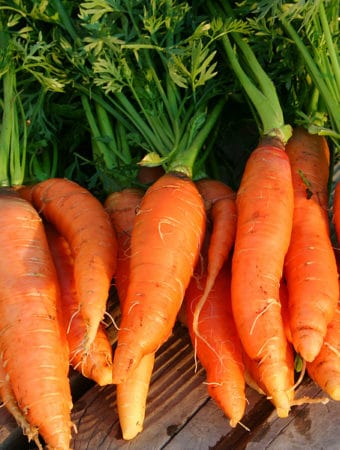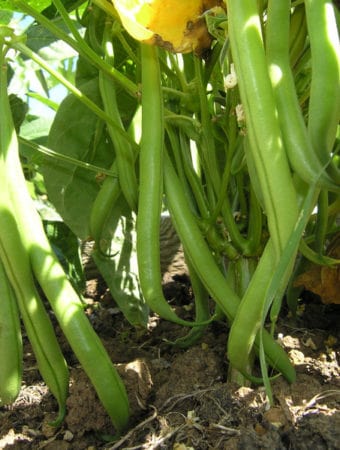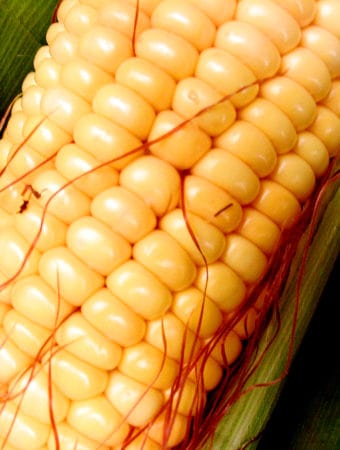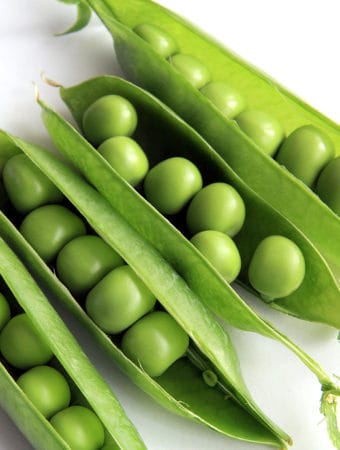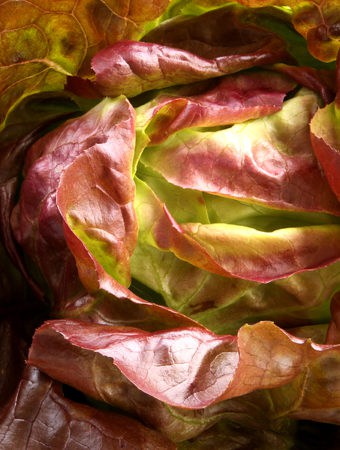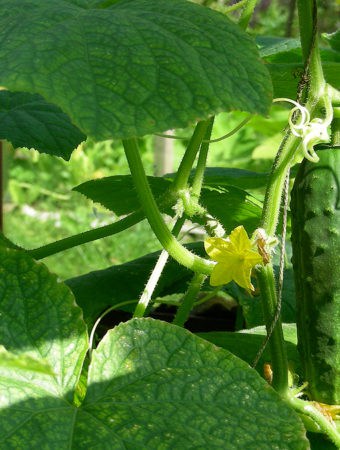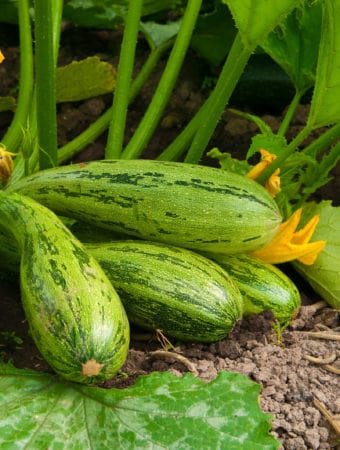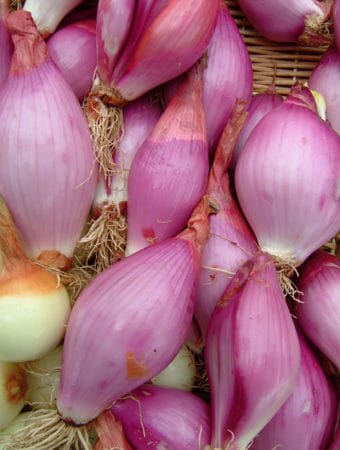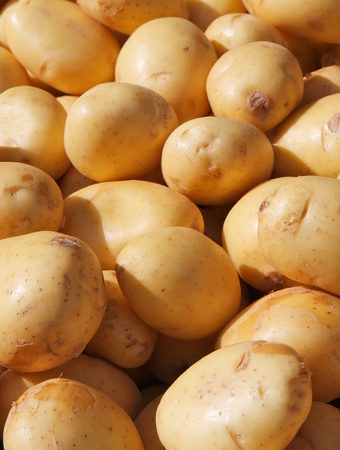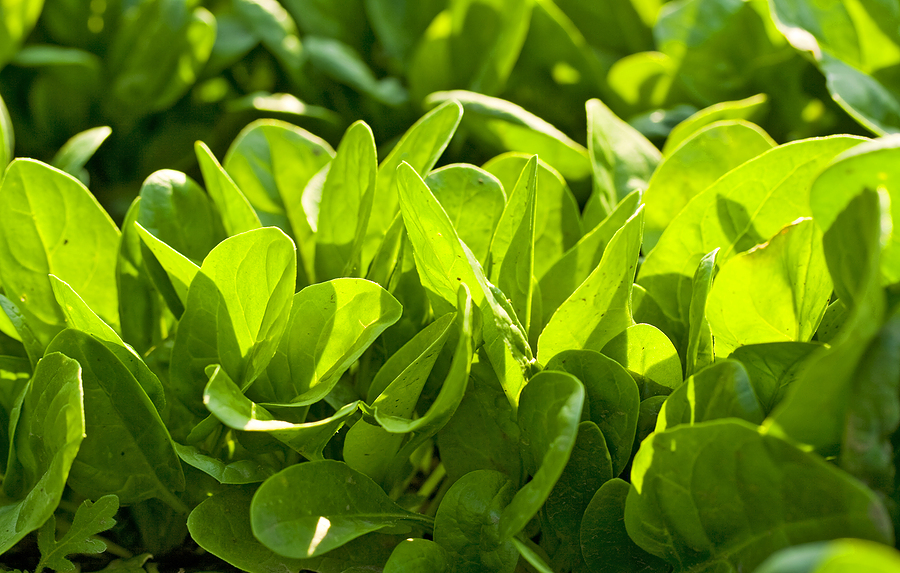
Welcome to March in the vegetable garden! March brings the end of winter and the beginning of spring. Spring in the Northern Hemisphere arrives on March 19 this year.
“It was one of those March days when the sun shines hot and the wind blows cold: when it is summer in the light, and winter in the shade.”– Charles Dickens
March is a month of transition in the vegetable garden. In the warmest regions, spring has arrived and planting is underway or will begin during March. In colder regions, winter weather may persist and cold temperatures will likely keep you out of the garden this month. But now is the time for seed sowing whether indoors or out. Here is a round-up of things to get growing in March.
 March Vegetable Garden Roundup
March Vegetable Garden Roundup
March brings the end of winter and the beginning of spring. Spring for the northern hemisphere will arrive on March 20, the vernal equinox. On this day, the sun rises directly in the east and sets directly in the west. There will be exactly 12 hours from sunrise to sunset. And in the northern hemisphere, every day will grow just a little bit longer until summer. Continue reading>>>
 Seed Starting Vegetables in March
Seed Starting Vegetables in March
For early cool-season crops try indoor seed starting this year; you can get started this month. Crops that are the easiest to start indoors from seed are broccoli, Brussels sprouts, cabbage, cauliflower, leeks, lettuce, onions, peppers, and tomatoes. Continue reading>>>
 Seed Starting in Three Steps
Seed Starting in Three Steps
You can start vegetables, herbs, and flowers–both annuals and perennials–from seed. Starting plants from seed is less expensive than purchasing plants from a garden center. Seed starting will require some time and effort but can be very rewarding. Many more varieties of vegetables and flowers are available in seed than are offered at garden centers or nurseries. Continue reading>>>
 How to Grow Peas
How to Grow Peas
Peas prefer cool weather. They mature in about 60 days. So time your pea planting so your pea harvest comes before the weather turns warm. That means plant peas in late winter and very early spring (February and March in the northern hemisphere) in regions where there is seldom snow. In snowy winter regions, pea planting can start in mid-spring (April in the northern hemisphere). As a general rule, peas can be planted six weeks before your last spring frost date. Continue reading>>>
Good Products for Seed Starting Success at Amazon:
- Jump Start Germination Station w/Heat Mat Tray, 72-Cell Pack, Dome
- Espoma Seed Starting Mix
- 200 Count- Jiffy 7 Peat Soil Seed Starting Plugs
- Seed Starter Kit with Humidity Dome (120 Cells Total Tray)
- AgrobriteT5 Fluorescent, 2-Foot, Grow Light System
 Plastic Tunnels for Growing Vegetables
Plastic Tunnels for Growing Vegetables
Plastic tunnels can be used to extend the vegetable growing season by 4 to 8 weeks in spring and fall. A plastic tunnel is easily made by draping plastic sheeting over a series of sturdy wire or plastic hoops to create an enclosed growing space. Continue reading>>>
 Weather and When to Plant
Weather and When to Plant
Most vegetable gardeners need a year or two of trial and error plantings and attentive record keeping to know when is the best time to plant in their garden. To start a vegetable garden, pay attention to the temperature. Your growing season happens between the last killing freeze of spring and the first killing freeze of fall. The exact date of the last and first freeze each year will vary—but you will soon notice there’s an average (check weather records online to see the pattern for your area). Continue reading>>>
 How to Start a Herb Garden
How to Start a Herb Garden
An herb garden is easy to start; you can grow herbs in their own stand-alone bed, include them in existing flower and vegetable bed or grow them in decorative pots. Herbs are highly adaptable, they will grow in the garden, on a balcony or patio, and even indoors. An herb garden can be very small or as large as space allows. Continue reading>>>
Good Products for Raised Bed Growing at Amazon:
- Galvanized Raised Bed 8×3
- Cedar Raised Bed 4×8
- Elevated Cedar Planter 4×2
- Walk-In Greenhouse Tunnel 15x7x7
- Row Cover for Freeze Protection 10×30
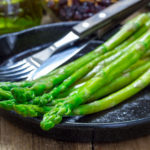
How to Prepare, Cook, and Serve Asparagus
Cooked asparagus has a subtle sweet grassy flavor. It is a perfect match for salty dairy ingredients such as butter, Parmesan cheese, and hollandaise sauce. Asparagus also is well matched to slightly sulfurous-tasting foods: eggs, shellfish, and garlic. There are three types of asparagus: green asparagus which can be both sweet and slightly tart flavored, purple asparagus which is sweeter than green asparagus, and white asparagus. Continue reading>>>
 Seasonal Vegetable Lasagna Recipe
Seasonal Vegetable Lasagna Recipe
Here is a recipe for fresh vegetable lasagna—for all seasons. I am going to give you—in one recipe—the options to make this hearty and tasty dish in cool weather—using butternut squash or kale or spinach or a combination of these—or in warm weather—using bell peppers or eggplant or Swiss chard. As well, you likely will think of vegetables growing in your fall-winter or spring-summer vegetable garden that might easily stand-in for some of the veggies I use here. Continue reading>>>
 March Garden in the Southern Hemisphere
March Garden in the Southern Hemisphere
Autumn will arrive in the Southern Hemisphere–Australia, New Zealand, South Africa, Argentina, Uruguay, and Chile–on March 20. Cool-season crops need to be planted as soon as possible: beetroot Brussels sprouts, carrots, cauliflower, endive, leek, parsley, parsnip, potatoes, silverbeet (chard), and Swede (rutabaga). Cool-weather crops require warm weather to germinate and begin growth. They will mature in the cool weather of autumn and be ready for harvest in late winter and early spring. Continue reading>>>
 Old-Time Garden Wisdom
Old-Time Garden Wisdom
Why shouldn’t you tell a secret in a vegetable garden?
Because the potato has eyes and the corn has ears!
Garden Planning Books at Amazon:
- Vegetable Garden Almanac & Planner
- Kitchen Garden Grower’s Guide Vegetable Encyclopedia
- Tomato Grower’s Answer Book
- Vegetable Garden Grower’s Guide


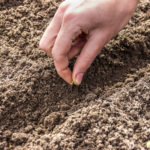
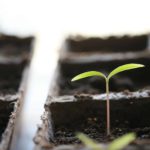
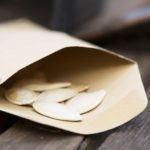 Seed Starting in Three Steps
Seed Starting in Three Steps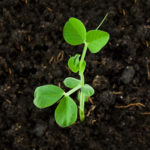
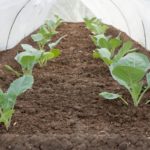
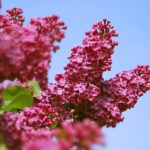
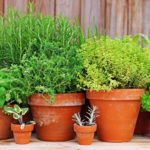 How to Start a Herb Garden
How to Start a Herb Garden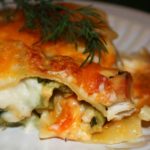
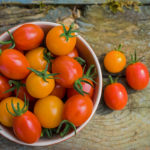 March Garden in the Southern Hemisphere
March Garden in the Southern Hemisphere